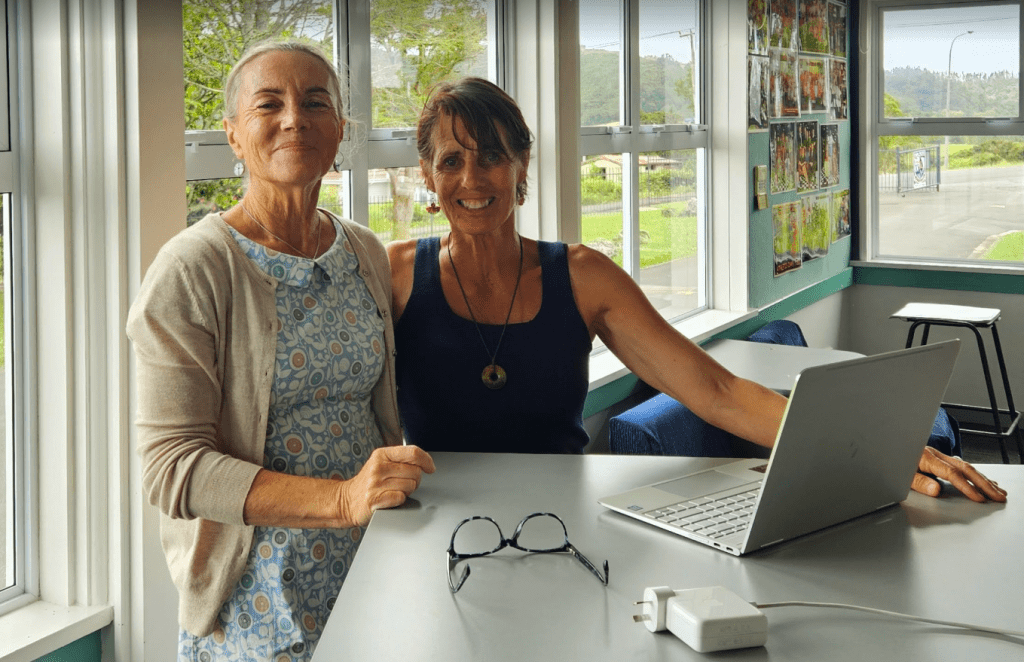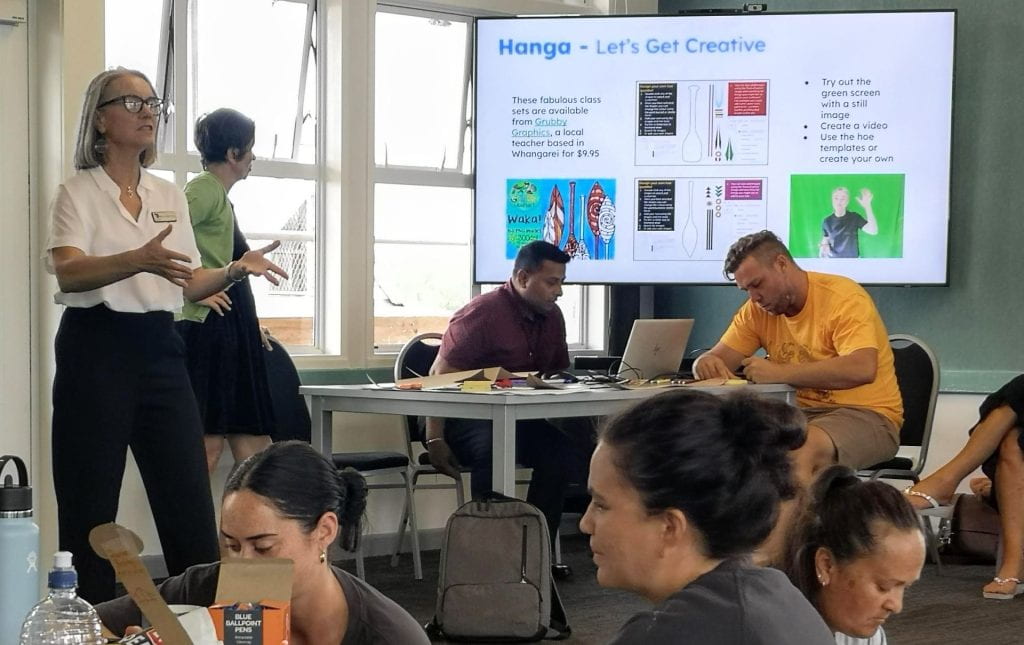My toolkit offering this term was looking at Google Class site design for secondary school teachers. I find one of the important considerations when developing a class site is taking into account teacher’s workflow. It’s not unusual for high school teachers to teach more than one subject area. For that reason, I recommend teachers (who are new to class sites), use one site for all their classes. Use top level pages for each class or year level and subpages for all the content thereafter.
 An introduction to yourself and quick links from the homepage makes for a great landing page. Ideally, your homepage is an ever-changing space that shows what is currently being taught, and relevant notices.
An introduction to yourself and quick links from the homepage makes for a great landing page. Ideally, your homepage is an ever-changing space that shows what is currently being taught, and relevant notices.
Ensuring everything within the site is visible is easily established with a class site folder and the permissions set to ‘anyone with the link can view’. Then it’s only a matter of moving files into that folder or using Google Drive shortcuts (Shift + Z). Organising your files in this way will save you time in the long run and, you won’t have emails from people requesting access to your resources.
Aside from your class site, the other valuable component for making teaching visible is Hapara Teacher Dashboard. Many teachers like to use Hapara workspaces for setting assignments and work. The key thing to remember here is to publish your Hapara workspace then grab the URL link and add it to your class site. Now you have an efficient one stop learning hub in your class site.
The recording from my toolkit Secondary School Class Site Design, goes into the ideal set up in more detail.







 Late last year I was invited by Ruth Hills from Bay of Islands College, to be a part of a new team to support teachers’ professional development at the school. The aim of this initiative is to bring together all of the school’s facilitators from outside the school and the expertise within the school to collectively work together to aid teachers’ practice.
Late last year I was invited by Ruth Hills from Bay of Islands College, to be a part of a new team to support teachers’ professional development at the school. The aim of this initiative is to bring together all of the school’s facilitators from outside the school and the expertise within the school to collectively work together to aid teachers’ practice.